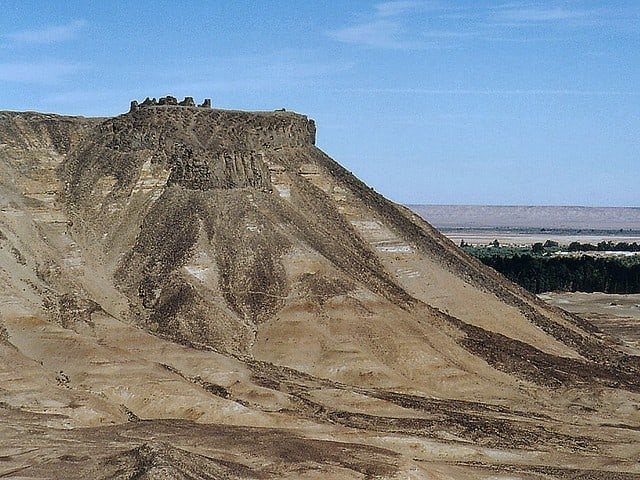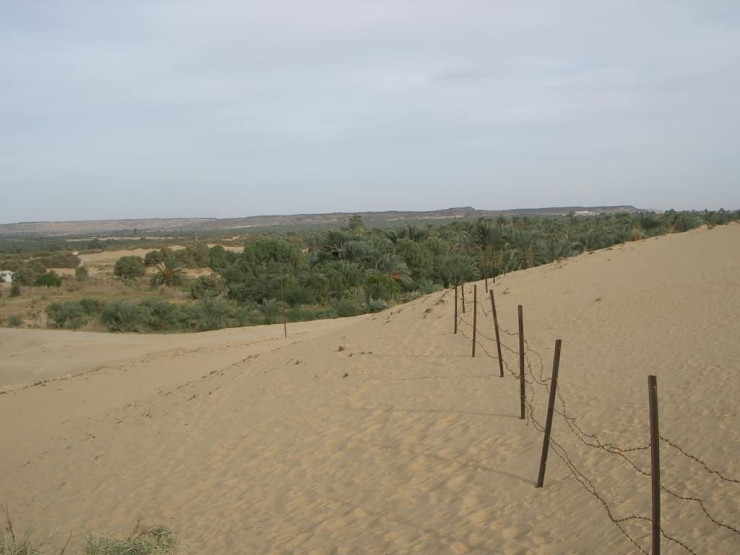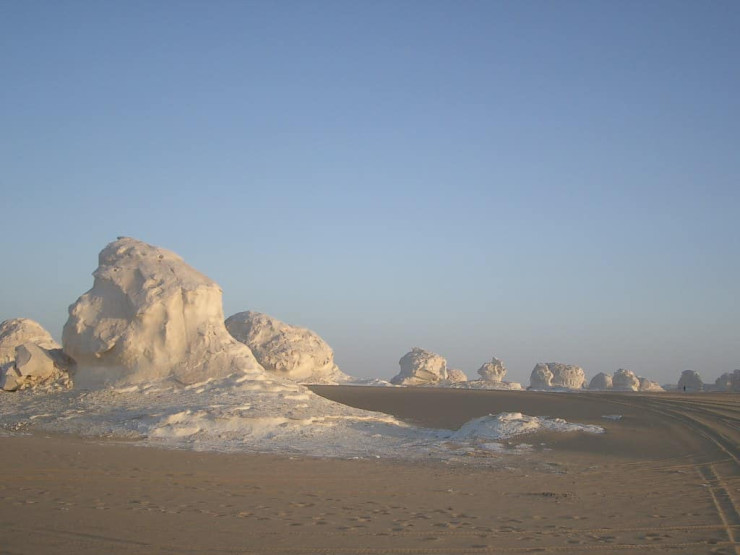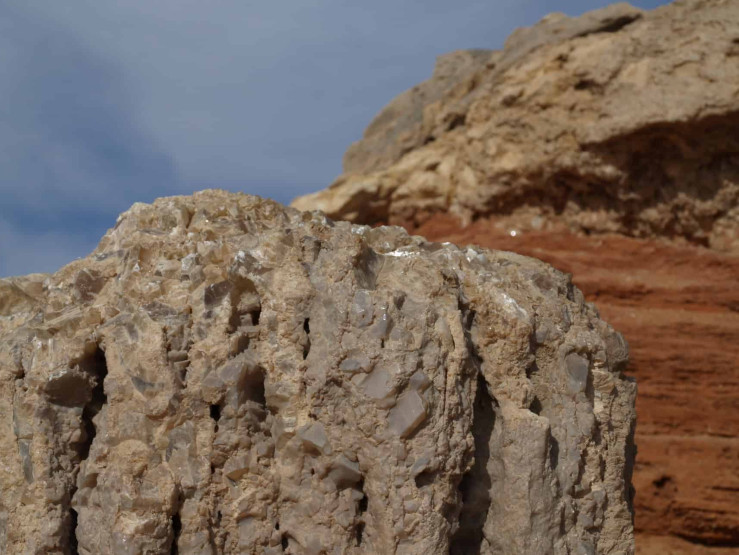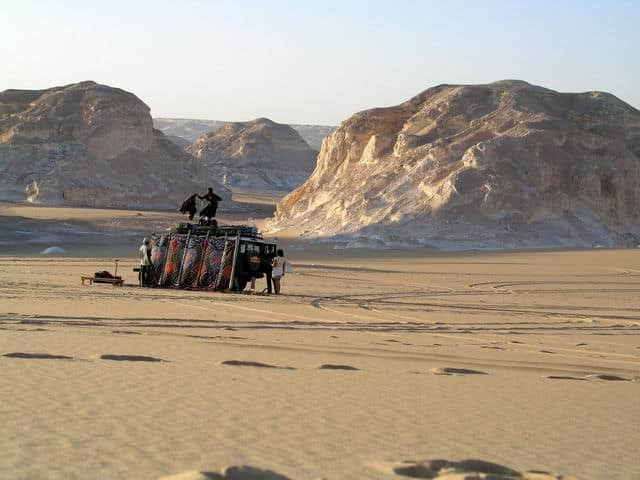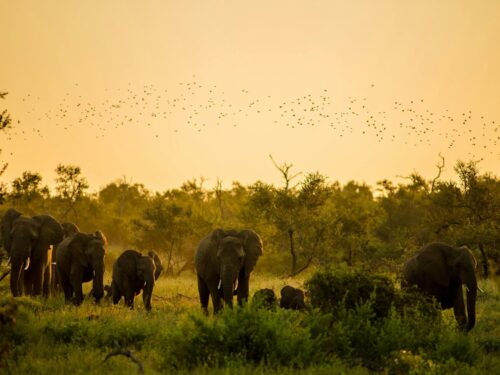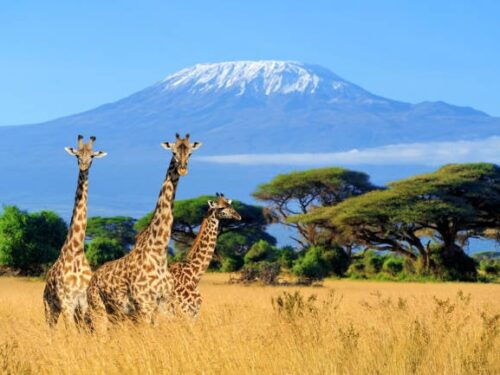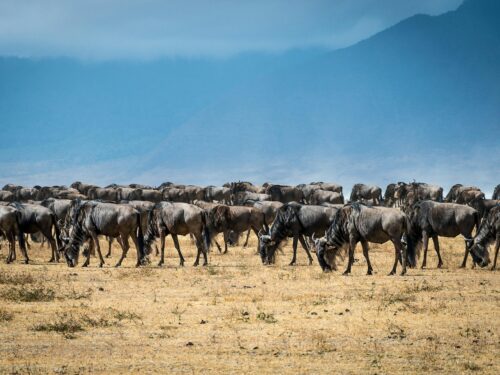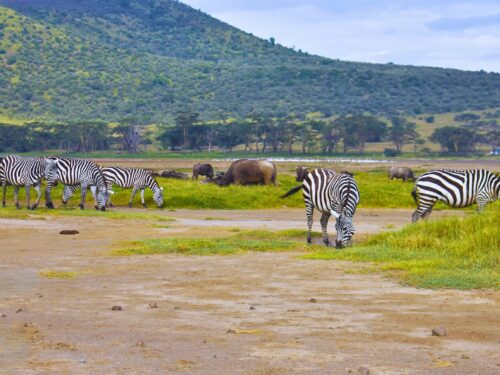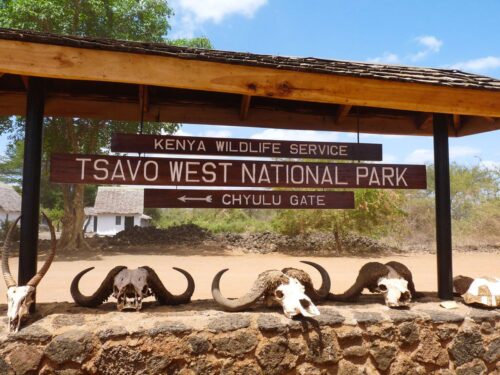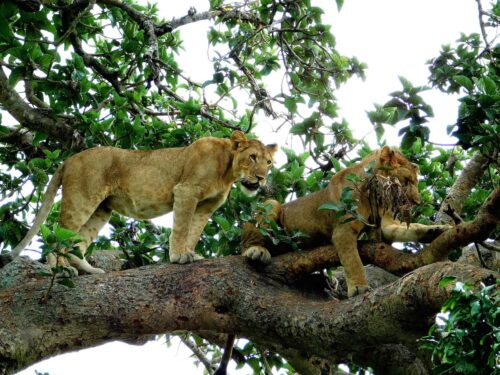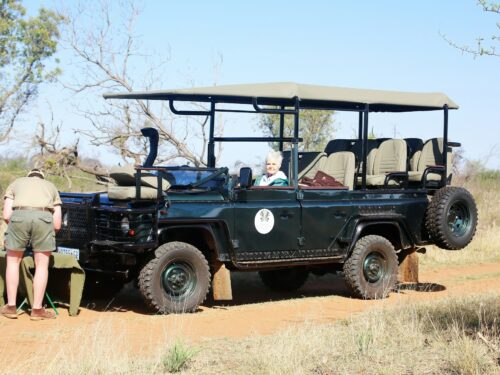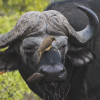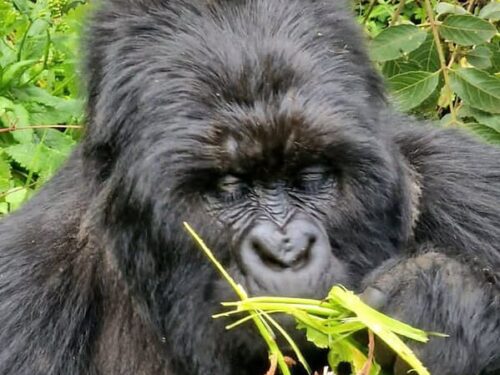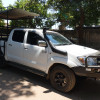Located in the Bahariya Oasis, English Mountain is one of Egypt’s most popular tourist attractions. Located in a region known for adventure tourism, it attracts many visitors each year with its diverse desert landscapes and unique rock formations.
The Bahariya Oasis is famous for its White Desert and stunning rock formations, as well as the visually striking Black Desert. The English Mountain site lies between Al Mandesha and Al Bawati City, which are considered to be the capitals of the largest settlements in this fascinating region.
Discover the wonders of Egypt tour packages and explore all that this enchanting destination has to offer with our exclusive Egypt tours.
Renowned for its natural beauty, English Mountain is a highly sought after tourist destination. Located in a region known for its adventurous activities and captivating landscapes such as deserts and unique rock formations, this attraction attracts a significant number of visitors every year.
Location
Located in the northernmost part of all the oases, Bahariya is famous for its picturesque white desert and striking rock formations, which provide a stunning visual contrast to the black desert. The English Mountain lies between Al Mandesha and Al Bawati City, the region’s main towns and largest settlements.
History
The English Mountain in Bahariya Oasis is a fascinating place and one of the wonders of Egypt. It gained its name during the First World War in 1916, when British forces occupied the region, hence the name ‘English Mountain’.
It was used as a scouting post in the Bahariya oasis, with ruins on the mountain helping to identify it from a distance. It served as a reconnaissance post for the British troops, who left behind the remains of their buildings.
The mountain’s elevated position allowed Captain Williams and his troops to effectively monitor and detect any advances by Libyan troops, who frequently attempted to invade the oasis during this period.
The mountain is characterized by its basalt and diorite summit, the result of past volcanic activity.
Now let’s look at the history of the Bahariya oasis. The name “Bahariya” comes from the Arabic word “Bahr”, which means “sea” in English. This name is inspired by the Mediterranean Sea and the northern lands of Egypt in ancient times.
Over the years, the oasis has been known by various names. The ancient Egyptians called it “Desdes”, while the Romans called it “Parva”, meaning the small oasis.
Bahariya Oasis has the distinction of being Egypt’s first true desert oasis. It is a four to five hour drive from Cairo on a well-maintained road with minimal traffic. There is only one stop, a barnlike tea house, about 150km into the journey (with a smaller one about 10km further on). It is on the right-hand side of the road, towards Wadi Natrun, where French aviator Antoine de Saint Exupery crashed in 1935. Surviving on just half a pint of coffee and an orange, Exupery later recounted his experiences in the magnificent desert book “Wind, Sand and Stars”.

Bahariya highlights
Bahariya, close to Cairo, has attracted the attention of many international visitors longing for the tranquility and liberating embrace of the desert. These individuals have either initiated or participated in the establishment of various eco-spiritual enterprises that cater to the evolving group of explorers who seek more than mere observation. These companies offer tailor-made safaris to fulfil the desires of these adventurous travelers.
The oasis is divided into two parts: one from Libya and the north coast, and the other from settlers from the Nile Valley.
In the past, during the Middle Kingdom and Roman periods, the oasis was a thriving agricultural centre known for its wine production. Its strategic location on the caravan routes between Libya and the Nile Valley ensured its prosperity throughout the ages.
In recent years, Bahariya has become popular with tourists due to its archaeological finds, such as the Golden Mummies, and its proximity to the White and Black Deserts.
The oasis has a museum in Bawiti where visitors can see some of the mummy cases. There are also shops selling various items, including Bedouin scarves and carpets.
Bahariya Oasis is famous for its hot and cold springs, which can reach temperatures as high as 45°C/113°F. These springs have a high mineral content which can stain swimwear.
The oasis played an important role during the First World War when the Baharia Military Railway was built to provide access. Over the years, Baharia Oasis has undergone significant changes. In the early 1970s, the Egyptian government built an asphalt road linking Bahariya to Cairo, which facilitated the supply of electricity, cars, television, telephone lines and even the internet to the oasis. This road also increased the exchange of people and ideas between Bahariya and Cairo, leading to changes in the language and dialect spoken in the oasis, which became more influenced by the Cairo dialect heard on television and in music.
In addition to the desert landscape, the Bahariya area has a plethora of stunning oases that are well worth exploring. One such oasis is the Black Desert, located approximately 50 kilometres (31 miles) south of Bahariya Oasis.
Another notable site is Crystal Mountain, also known as Gebel Al-Izzaz, which boasts an impressive formation of sparkling quartz crystals.
Finally, Gebel al-Dist, commonly known as Pyramid Mountain, is a notable local landmark with its iconic pyramid-shaped structure.

